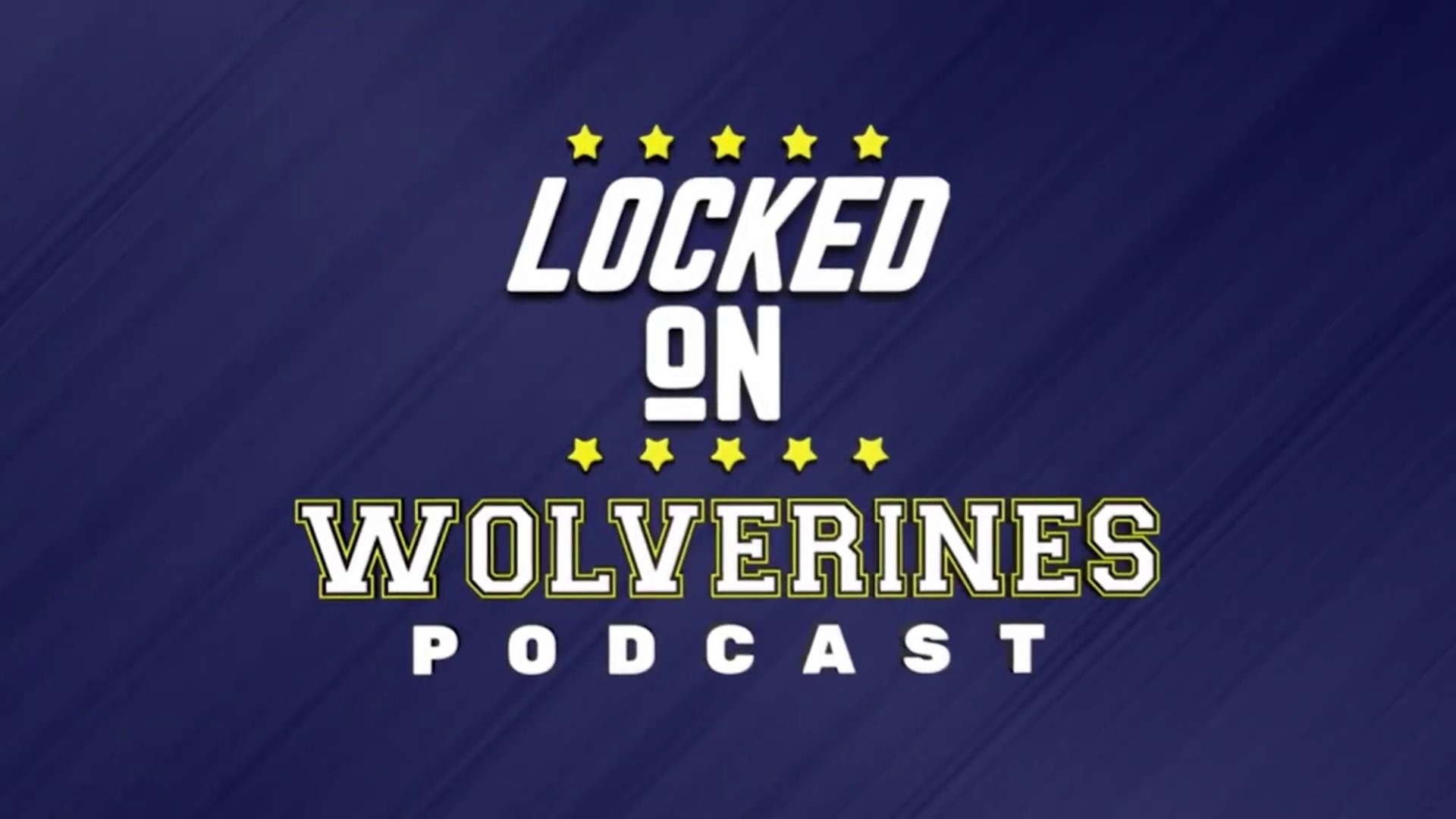ANN ARBOR, Mich. — Night football historically has been a rarity in the Big Ten after the first Saturday in November.
The conference's billion-dollar-a-year television package will make it a regular thing beginning next week when Michigan State visits Ohio State for a 7:30 p.m. EST game.
The rationale for the general prohibition was that the conference’s traditional footprint in the Upper Midwest made November night games a hardship for teams and fans because of the increasing likelihood of inclement weather.
Dollar signs have trumped tradition and any pushback that might have come from the schools.
“I get all the reasons why, that’s for sure,” Minnesota coach P.J. Fleck said. “I get it: There’s a massive business aspect of that.”
Coaches generally said they have no preference about kickoff times and that their teams are tough enough to play through harsh weather conditions. Wisconsin's Luke Fickell and Nebraska's Matt Rhule said night games at any point in the season can create raucous atmospheres that help the home team.
It was a big deal in the Big Ten in 2008 when Iowa played Minnesota at night the week before Thanksgiving. Of course, that game was played indoors at the old Metrodome.
It wasn't until 2014 that there was another night game after daylight savings: Ohio State at Michigan State and Michigan State at Maryland. It was 39 degrees with an 8-mph northwest wind for that first game in East Lansing, Michigan. It was 32 with no wind for the game in College Park, Maryland.
There were a total of eight night kickoffs in the Big Ten after daylight savings from 2014-17 but none since — unless you count the outlier 2020 pandemic season when six were necessary because of tight scheduling for teams that played up to nine games between late October and mid-December.
The Big Ten joined the rest of college football with season-long night football because its contract with NBC includes a weekly Saturday night game through the regular season.
Big Ten chief operating officer Kerry Kenny said via email that before 2017 there was a general understanding between the schools and conference that “prime time games were not played outside after Daylight Savings Time strictly due to weather (subject to some exceptions).”
A media rights agreement that began in 2017 included a formal policy allowing schools to play night games after the first week of November if both schools mutually agreed to move kickoff to prime time.
Kenny said the media rights agreement beginning this year permits night games through the season.
“The conference worked with each institution to understand the number of games that would be available for selection in prime time throughout the season and has worked collaboratively with its TV partners to successfully schedule games in those available prime time slots throughout the season,” Kenny said.
Scott Markley, Big Ten vice president of strategic communications, said in an email each school could determine how many home and total night games it would be willing to play throughout the season. He said the number varied from school to school.
Markley referred to the individual schools a question about whether any have refused to play at night after daylight savings.
Already set are Michigan State-Ohio State on Nov. 11 and Penn State-Michigan State indoors on Nov. 24 at Ford Field in Detroit.
Ohio State spokesman Jerry Emig said the Buckeyes' policy is to not play night games after the first Saturday in November, but the school made an exception this season.
“This year to assist NBC with its transition into the league, we agreed to do the November 11 game vs MSU at night,” Emig wrote in an email.
Minnesota and Nebraska said they are willing to play at night any time. The eight other schools did not respond.
Speaking for himself, not necessarily for his school, Michigan coach Jim Harbaugh offered an entertaining take on cold-weather night games, comparing him and his team with a hardy plant.
“I'm like field corn as opposed to being a house plant,” Harbaugh said. “Nothing against house plants. They can bring great beauty and value to a home. But the field corn — drop a seed in the crack of a sidewalk, and it will burrow down and come up with any energy it can find and rise up in a stalk-like fashion and start producing. That's what our team is more like.”
►Make it easy to keep up to date with more stories like this. Download the 13 ON YOUR SIDE app now.
Have a news tip? Email news@13onyourside.com, visit our Facebook page or Twitter. Subscribe to our YouTube channel.

